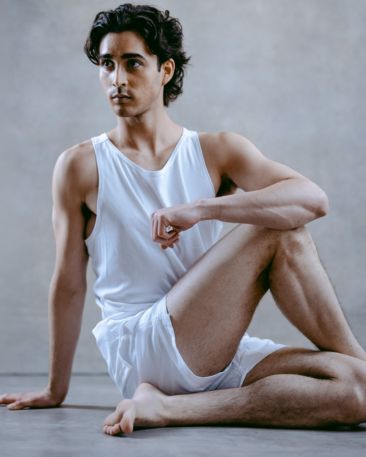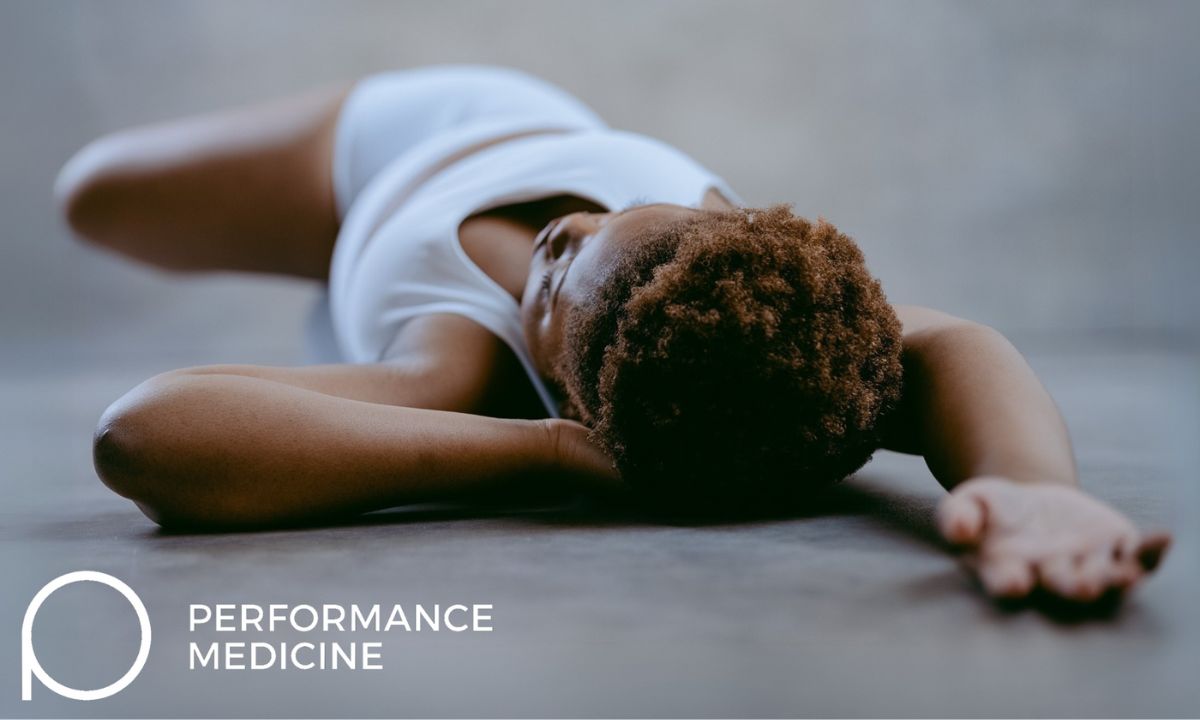Safe Dance Factsheet: Recovery Strategies Post Dance Class, Rehearsal, or Audition
By Elise McMahon, Titled Physiotherapist at Performance Medicine Melbourne
Whether it is a particularly intense dance class, the endurance test of a rehearsal week, or a big month of auditions, dancers’ bodies take a hit. It can be common to walk away from the studio with sore calves, tight glutes, or that annoying ache in your lower back. While overuse injuries can happen, especially without proper recovery, what most dancers experience after hard training sessions is DOMS: Delayed Onset Muscle Soreness.
Understanding what’s happening in you or your students’ muscles, and how to care for them, can make the difference between bouncing back strong or burning out and ending up with an injury.
What is DOMS, and why does it happen?
Delayed Onset Muscle Soreness usually sets in 12-24 hours after intense physical activity, peaking around 24-72 hours post-exercise. It is caused by micro tears in your muscle fibers after they have worked hard. This is a normal part of muscular adaptation and rebuilding, and your body gets stronger because of it! For dancers, DOMS can feel like tightness, stiffness, or dull aching in the muscle groups most used during class or rehearsal. It’s not an injury, but it does signal that your muscles need care and time to repair. Fortunately, there are recovery strategies that can speed this process along.
Key recovery strategies post dance class
Rolling Out: Self-Myofascial Release
Using a foam roller, massage ball, or trigger point tool can reduce muscle tightness and increase circulation. Foam rolling applies gentle pressure to fascia (the connective tissue around muscles), encouraging it to relax and lengthen.
How it works:
- Increases blood flow to aid repair of muscle fibres
- Assists in breaking up adhesions in the fascia
- Improves range of motion
A 2025 study found that foam rolling after exercise significantly reduces soreness and helps with muscle recovery. Even just 10-20 minutes of rolling post-class can promote better circulation and speed up recovery.
💡 Physio tip: Roll slowly over tight areas and pause on sorer trigger point spots for 20-30 seconds to release tension.

Ice vs. Heat
Knowing when to apply ice or heat can be confusing, but the good news is that there is good evidence for both.
Ice: Best within 24-48 hours after dance if inflammation, swelling, or sharp pain is present. Ice can help reduce soreness and prevent further micro damage of your muscles.
Heat: Ideal after the acute soreness has passed, or when muscles are tight. Applying heat via a warm bath, heat pack, or heating pad can increase blood flow, improve tissue elasticity, and help the muscles relax.
Compression
Compression garments, such as tights or socks, can aid dancers in recovery by reducing muscle oscillation during movement, which may help limit microtrauma and the severity of delayed onset muscle soreness (DOMS). By applying gentle, consistent pressure, these garments can also promote improved blood flow and lymphatic drainage after exercise, accelerating the removal of metabolic waste and enhancing muscle repair.

Infrared Sauna
Infrared saunas penetrate deeper than traditional saunas, reaching muscle and connective tissue to promote increased blood flow, detoxification, and reduced muscle tension. A 2018 study published in Clinical Biochemistry showed that infrared saunas help reduce oxidative stress and improve recovery time after exercise. Some dancers also report better sleep and reduced soreness after consistent sessions. Just 15-30 minutes in an infrared sauna after rehearsal can leave you feeling looser, lighter, and more recovered the next day.
Other key recovery tools
Hydration & Nutrition
Drink water with electrolytes post-class and eat a protein-rich snack 30 minutes before dancing to kick start muscle repair.
Active Recovery
Gentle stretching, light walking, or yoga can maintain blood flow without overloading the muscles.
Sleep
Your muscles recover and rebuild while you sleep. Aim for at least 7-9 hours of high-quality rest.
